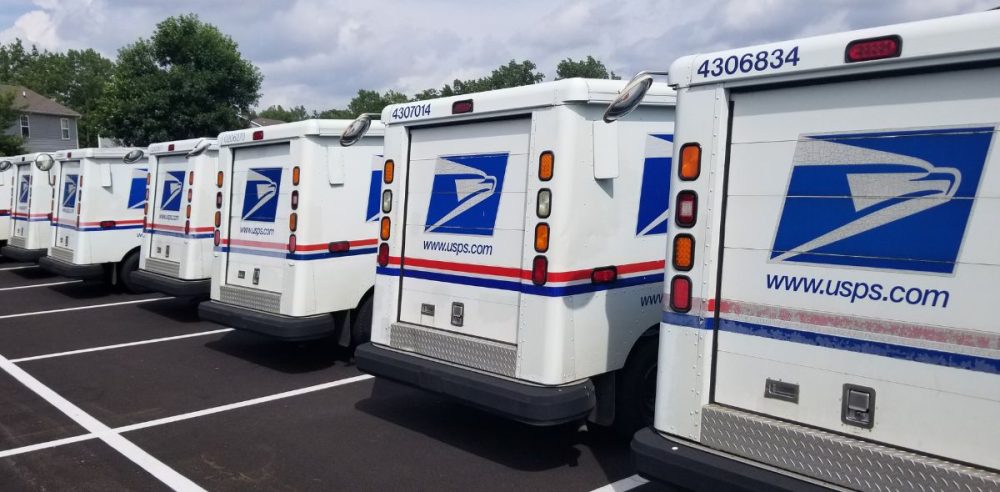The start of 2025 marked a major shift in package delivery logistics as the United Parcel Service (UPS) ended its SurePost agreement with the U.S. Postal Service (USPS).
Under this contract, USPS previously completed the “last mile” delivery for many UPS shipments, particularly for areas with P.O. boxes, military bases, and naval fleets. The termination of this arrangement means customers with these delivery requirements must now ship directly to their physical address or find alternative solutions, reported NBC 5.
The USPS is the only carrier authorized to deliver to P.O. boxes and military installations, making the end of the partnership a significant logistical hurdle for affected customers.
Those relying on the previous system have expressed frustration over the changes and the lack of advance notification. Some have reported difficulty adjusting their shipping preferences, as many online retailers are not equipped to handle the transition smoothly.
The shift has been particularly challenging for customers like Pam Loeb of Shelburne, Vermont.
“I’m concerned about how this will affect small businesses and online buyers,” she said, per NBC. “I try to shop locally when I can, but living in Vermont, it’s not always an option. Online shopping is necessary for many of us, and this change complicates things further.”
Loeb, like others, has found herself navigating unanticipated obstacles to receive her orders.
The USPS maintains that it has been transparent about the change since spring 2024, emphasizing that businesses were informed well in advance. However, they noted that communication between retailers and their customers regarding the shift is beyond their control.
This lack of cohesive messaging has left many customers unprepared, further exacerbating the challenges posed by the new delivery process.
UPS has encouraged customers without valid street addresses to consider using UPS Store mailboxes as an alternative. These mailboxes can serve as a secure and reliable solution for individuals unable to ship directly to their homes. However, this recommendation has drawn mixed reactions, as some customers view it as an additional expense in an already costly delivery system.


